What is Growth Marketing?
02 Mar 2024
Growth marketing is a dynamic, data-driven approach that focuses on acquiring and retaining customers throughout their journey and interaction with your business.
At its heart, it’s all about experimentation!
Start with a hypothesis: What do you think will drive growth?
Test it out: Use small, controlled experiments to see what works.
Measure results: Analyse the data to understand what’s effective.
Iterate: Scale what works, and continue experimenting to refine your approach.
Growth Marketing – a definition
Growth marketing is a data-driven approach focused on acquiring and retaining customers at every stage of the customer journey.
Growth marketing is not just about acquiring new customers but also about maximising the lifetime value of each customer. Unlike traditional marketing, which often focuses on short-term goals, growth marketing is a strategic approach that aims for both short and long-term business success.
Growth Marketing can help you make decisions
Growth marketing empowers businesses to make informed, data-driven decisions. For instance, it can help determine whether to run LinkedIn ads, choose the right demographic targeting for Instagram, or assess the effectiveness of in-person promotions with QR codes. Understanding how many touchpoints a customer typically needs before making a purchase is another key insight provided by growth marketing.
Traditional Marketing vs. Growth Marketing
While traditional marketing is often centred around campaigns that meet immediate goals, growth marketing takes a broader, more strategic view. It involves continuous experimentation and optimisation across every stage of the customer journey, from awareness to referral, ensuring sustained business growth.
Growth Marketing = Marketing for sustained business growth
The Pirate Funnel (AAARRR)
The Pirate Funnel is a framework that breaks down the customer journey into six stages:
Awareness: Attract potential customers through channels like SEO, content marketing, and ads.
Acquisition: Convert visitors into leads by experimenting with different channels and targeting strategies.
Activation: Ensure a positive first experience, reducing time to value and making onboarding engaging.
Retention: Keep users coming back, increasing customer lifetime value through habits and organic retention strategies.
Revenue: Monetize through transactions, subscriptions, or ads.
Referral: Encourage satisfied users to refer others, creating a viral growth loop.
Growth Marketing focuses on the entire funnel
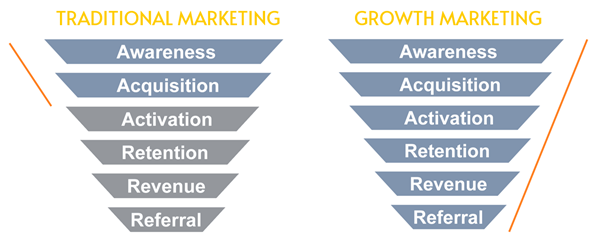
Case Study – Duolingo and AAARRR
Duolingo is a language learning app with over 100 million monthly users.
Duolingo approach to AAARRR
- Awareness: Strong social media presence, content marketing, and PR efforts.
- Acquisition: Free, gamified app with strong SEO and ASO.
- Activation: Quick onboarding with an instant first lesson.
- Retention: Gamification elements like streaks and leaderboards.
- Revenue: Premium subscriptions and in-app purchases.
- Referral: Social sharing and friend invites.


The Convergence of Product and Marketing
Successful growth marketing requires close collaboration between product development and marketing strategies. A product can no longer be designed in isolation, and then handed to the marketing department. Success relies on a deep integration between product and marketing.
At a deeper level, this integration often involves teamwork across various departments, including design, engineering, sales, customer support, and operations.
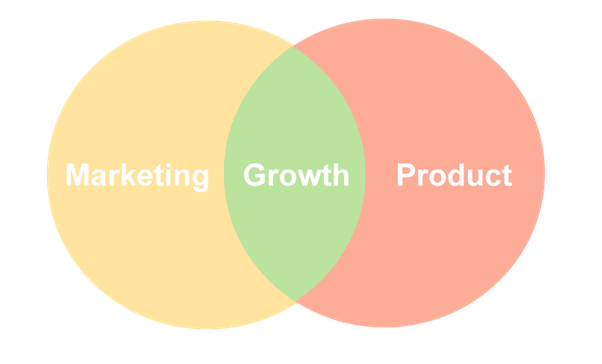
Airbnb: Convergence of Product and Marketing
Airbnb is a great example of this convergence. Where the home search is fundamental to the marketing strategy, where there are interesting options, such as search for amazing views, OMG!, Lake, Farms, Tiny homes and so on. The marketing campaigns of Airbnb are very much focused on providing unique experience to customers, which is now a core part of the user experience of the app.
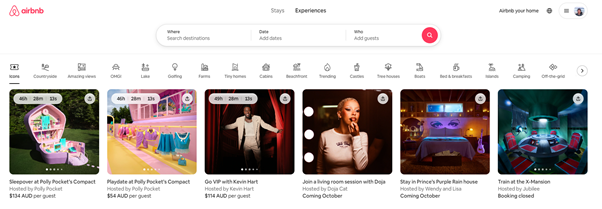
Growth Marketing Techniques
Growth marketing is a diverse and expansive area. Briefly, here are a few of the other key concepts we have not yet covered.
Agile Sprints: Execute rapid, iterative tests to quickly validate ideas and strategies.
Tech Stack Integration: Use CRMs, analytics, and marketing automation tools to streamline data collection and optimise campaigns.
Data-Driven Decisions: Establish key metrics, analyse performance, and iterate based on insights. Key terms to explore include KPIs, CAC, LTV, MRR, ARR, retention rates, engagement, churn, activation rates, conversion rates, and NPS.
Example Metric: Net Promoter Score
Do your customers recommend you to their friends?
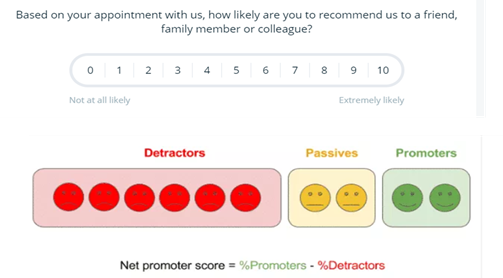
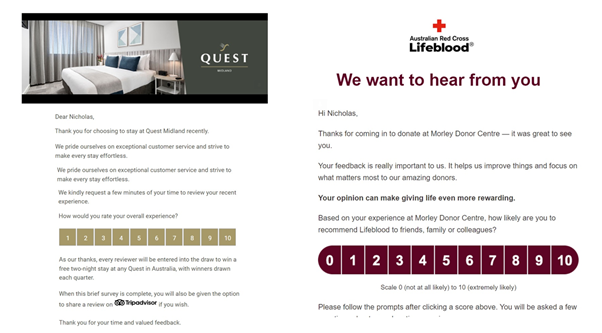
Growth Hacking vs Growth Marketing
Growth hacking is focused on implementing unconventional, creative, typically short-term strategies to achieve growth, especially with (very) limited resources.
Leveraging Virality: Encouraging users to share and promote your product, often through built-in features like social sharing buttons.
Growth Marketing is holistic, long-term approach to driving business growth.
You can use growth hacking as part of your growth marketing strategy.
Exercise: Formulating and Testing a Growth Hypothesis
Identify a Key Business Metric: Choose a metric to improve, such as new sales, customer acquisition, or retention rate.
Define Success & Failure Criteria: Clearly outline what success and failure look like.
Formulate Your Hypothesis: State your growth hypothesis, e.g., "If we improve [X], then [Y] will increase by [Z]% within [timeframe]."
Plan a Quick Test: Decide on a testing method, such as a marketing campaign, A/B testing, or a small-scale pilot.
Group Feedback & Thoughts: Gather feedback, discuss challenges, and brainstorm solutions.
Example: Teddy Bear Subscription Service
Business: Teddy Bear Online Store
Metric: Monthly Recurring Revenue (MRR)
Success: Achieve a 15% increase in MRR within two months.
Failure: Less than a 5% increase in MRR within two months.
Hypothesis: "If we introduce a monthly teddy bear subscription service where customers receive a unique teddy bear each month, then we will increase our MRR by 15% within two months."
Testing Method: Launch a limited-time offer for the subscription service, targeting existing customers and promoting it through email marketing, social media, and the website’s homepage.
Quick Test: Track sign-ups over 30 days, comparing the increase in MRR from subscription sales versus regular sales.

Final Words
This approach to growth marketing ensures that every decision is informed by data and that every strategy is continually refined to maximise impact. Whether you're starting with a simple hypothesis or scaling a successful strategy, growth marketing offers the tools and framework to achieve sustained business growth.
